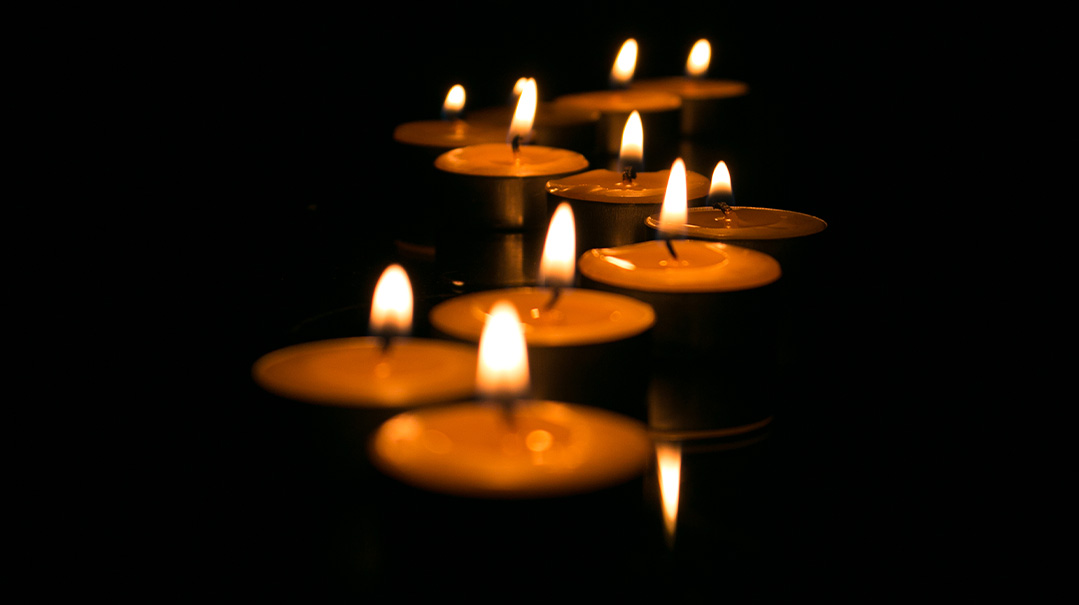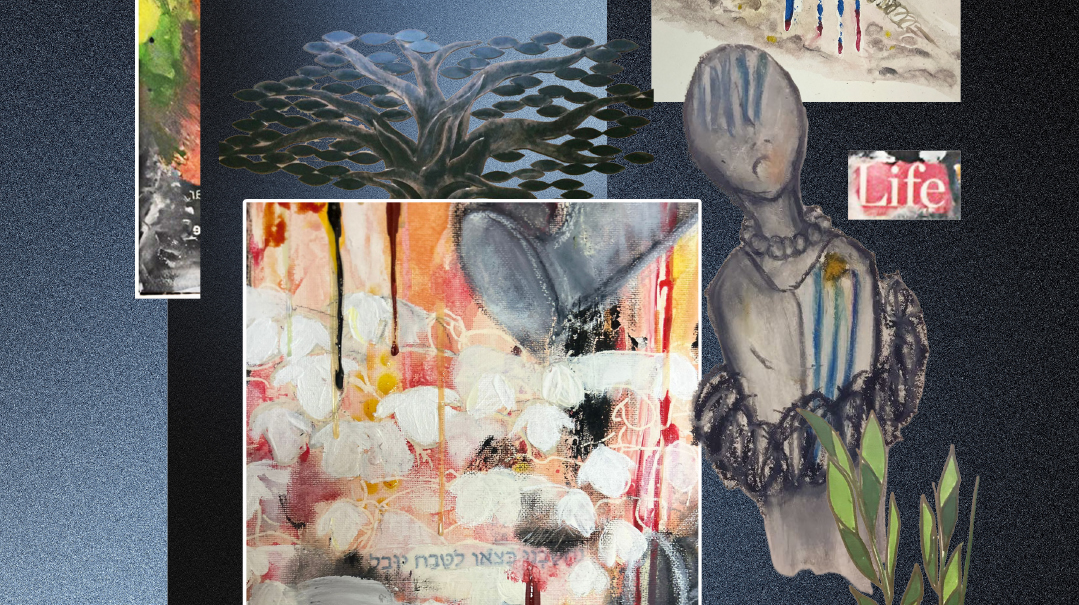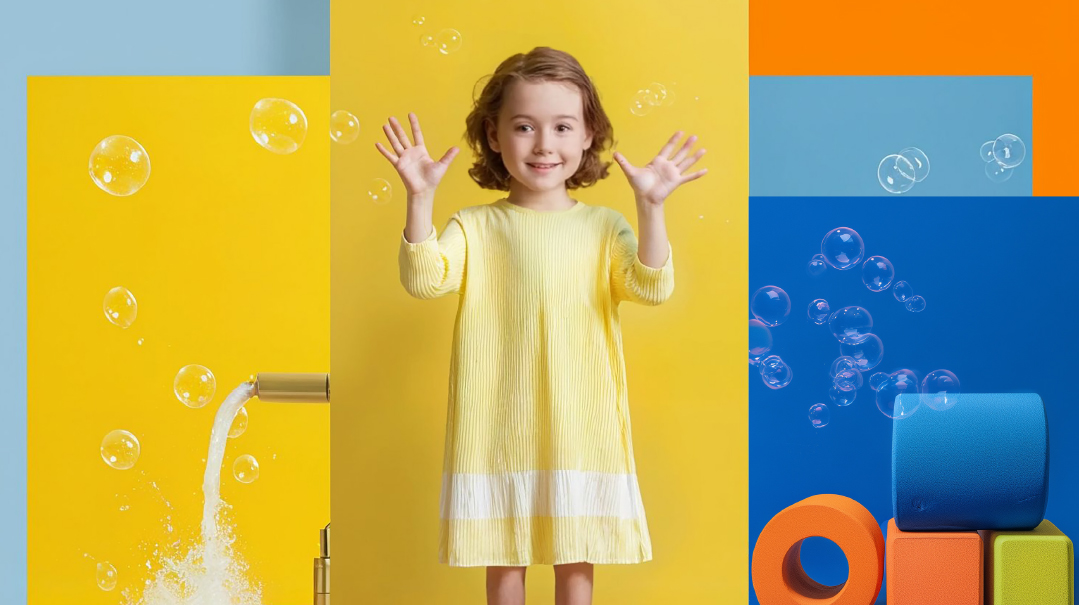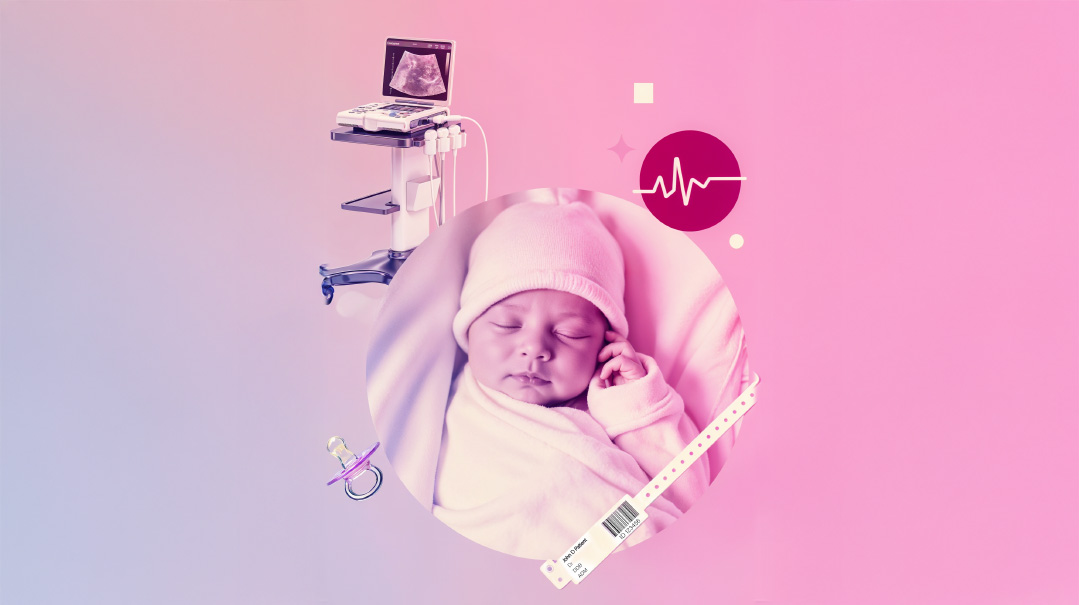Meet… Elissa Felder
| September 28, 2022When Elissa Felder’s life went dark, she sought ways to bring light to others

Growing up in Brixton, London, in the 60s and 70s, I was exposed to a somewhat diluted form of Judaism. Your average Jew in that area attended an Orthodox synagogue, but wasn’t observant or even knowledgeable. I went to shul on Shabbos, but I drove there.
As a teen I joined the Jewish Youth Study Group (JYSG), and was able to connect with other Jewish teens. Together with qualified teachers we explored some of our burning questions. My thirst for knowledge and understanding only grew stronger.
I left England in 1981 to attend McGill University in Montreal, and there I was blessed to be exposed to real Torah Judaism. I built connections with observant families and realized that this was the direction I wanted to take.
After graduation, I returned home and met my husband — a Jewish US Air Force doctor who was stationed on an American base in England. In 1985 we married and moved to Washington, D.C., where my husband began his residency in family practice, and I went to nursing school.
Oops! We could not locate your form.







